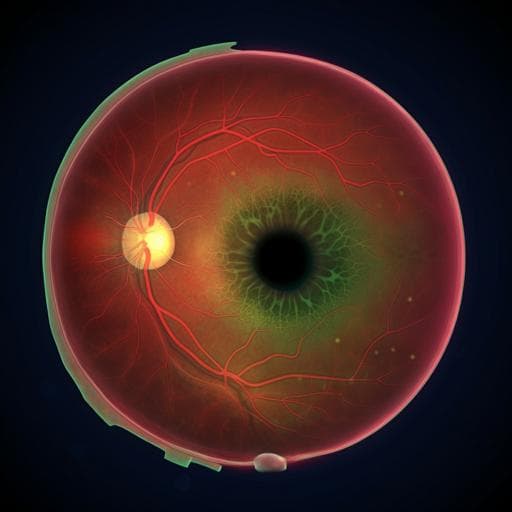
Medicine and Health
Economic evaluation for medical artificial intelligence: accuracy vs. cost-effectiveness in a diabetic retinopathy screening case
Y. Wang, C. Liu, et al.
Explore the groundbreaking cost-effectiveness analysis of an AI model in diabetic retinopathy screening conducted by leading researchers including Yueye Wang and Mingguang He. This study uncovers that while AI models achieve high diagnostic accuracy, not all are cost-effective, especially dependent on sensitivity and prevalence factors. Discover the key insights that could change health screening approaches!
~3 min • Beginner • English
Related Publications
Explore these studies to deepen your understanding of the subject.







